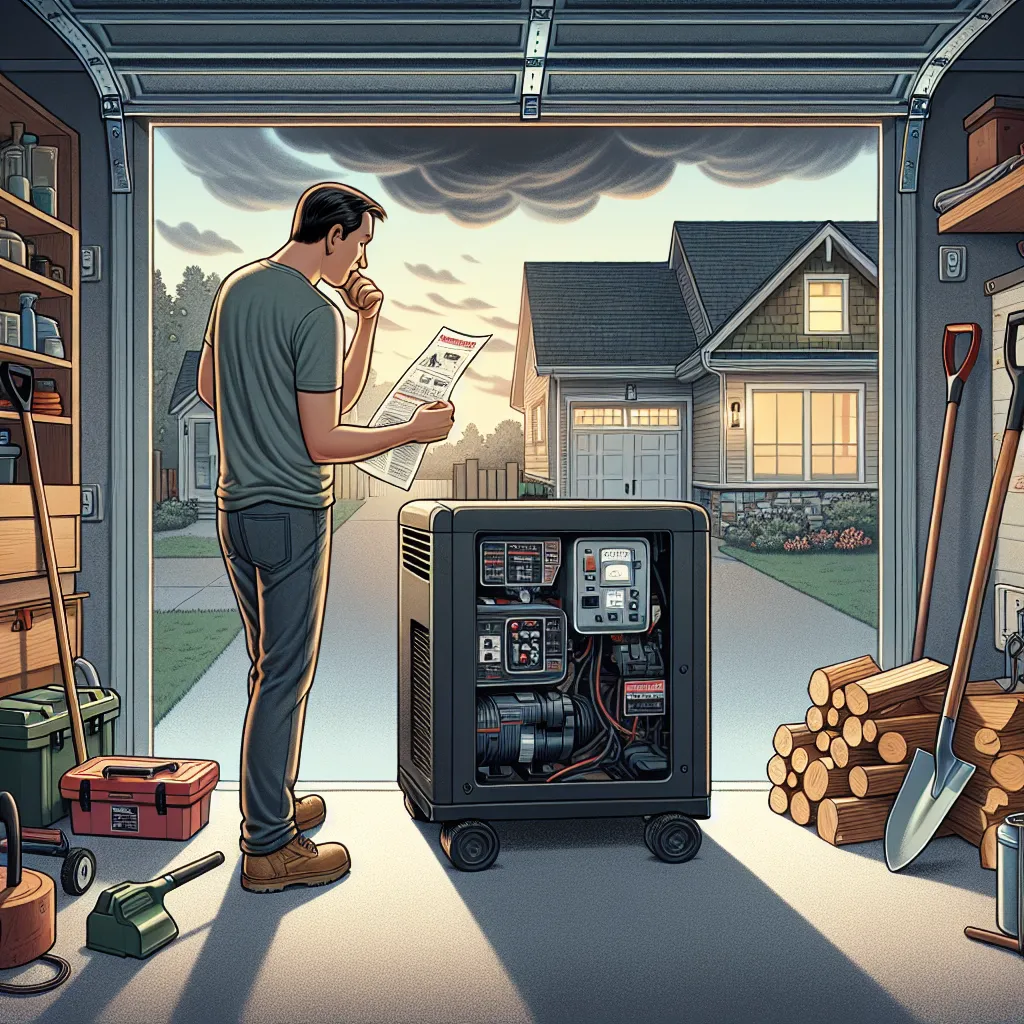Powering Your Home: A Comprehensive Guide to Home Generators
Powering Your Home: A Comprehensive Guide to Home Generators
When it comes to ensuring uninterrupted power supply during emergencies or outages, home generators play a crucial role. These devices provide an alternative source of electricity, allowing you to continue running essential appliances and systems in your home even when the grid goes down. In this comprehensive guide, we will explore everything you need to know about home generators, from their types and sizes to installation and maintenance tips.

Types of Home Generators
1.
Portable Generators:
These generators are versatile and can be easily moved around. They typically run on gasoline or propane and are ideal for powering small appliances, tools, and electronics during short power outages. Portable generators come in various sizes, ranging from 900 to 10,000 watts, allowing you to choose the one that suits your power needs.
2.
Standby Generators:
Unlike portable generators, standby generators are permanently installed outside your home and are connected directly to your electrical system. They are powered by natural gas or propane and automatically activate during power outages. Standby generators are capable of providing a seamless power supply to your entire home, including heating and cooling systems, refrigerators, and other essential appliances.
Selecting the Right Home Generator
Choosing the right home generator depends on various factors, such as your power requirements, budget, and the type of fuel available in your area. Here are some key considerations:
1.
Power Capacity:
Calculate the total wattage of the appliances and systems you want to power during an outage. This will help you determine the generator size you need. Consider both the starting wattage (the surge of power required when appliances start) and the running wattage (the power needed to keep appliances running).
2.
Fuel Type:
Decide whether you prefer a generator that runs on gasoline, propane, or natural gas. Each fuel type has its pros and cons, including availability, cost, and storage requirements. Consider your specific needs and local fuel availability when making this decision.
3.
Budget:
Home generators come in a wide price range, so it’s essential to establish a budget before starting your search. Remember that while portable generators are generally more affordable, standby generators offer greater convenience and reliability.
Installing a Home Generator
Proper installation is critical for the safe and efficient operation of your home generator. It is highly recommended to hire a professional electrician or generator installer for this task. Here are some installation guidelines to keep in mind:
1.
Location:
Select a well-ventilated area outdoors for your standby generator, away from windows, doors, and vents. Ensure that the location allows for easy access during maintenance and repairs.
2.
Permits and Codes:
Check local regulations and obtain any necessary permits before installing a standby generator. Adhering to electrical and building codes is crucial to ensure compliance and safety.
3.
Transfer Switch:
A transfer switch is a crucial component that prevents electricity from back-feeding into the grid, protecting utility workers and your generator. It should be installed by a professional to ensure proper functioning.
Maintaining Your Home Generator
Regular maintenance is essential to keep your home generator in optimal condition and ready for emergencies. Here are some maintenance tips:
1.
Read the Manual:
Familiarize yourself with the manufacturer’s guidelines and recommendations provided in the user manual. This will ensure you understand the specific maintenance requirements of your generator model.
2.
Regular Inspections:
Schedule regular inspections by a professional to check the generator’s components, fuel lines, and electrical connections. They will identify any potential issues and carry out necessary repairs or replacements.
3.
Run the Generator:
Test your generator at least once a month by running it for a few minutes. This helps keep internal components lubricated and ensures that the generator is ready for operation when needed.
Conclusion
Investing in a home generator provides peace of mind, knowing that you can continue to power your essential appliances and systems during unexpected power outages. By understanding the different types of generators, selecting the right one for your needs, and ensuring proper installation and maintenance, you can effectively safeguard your home from the inconvenience and potential risks caused by power interruptions.
Remember, always consult with a professional electrician or generator installer to ensure a safe and reliable installation, as well as to receive expert guidance on selecting and maintaining your home generator.
